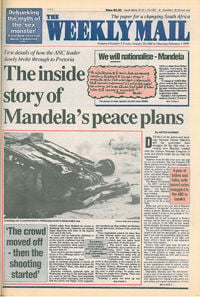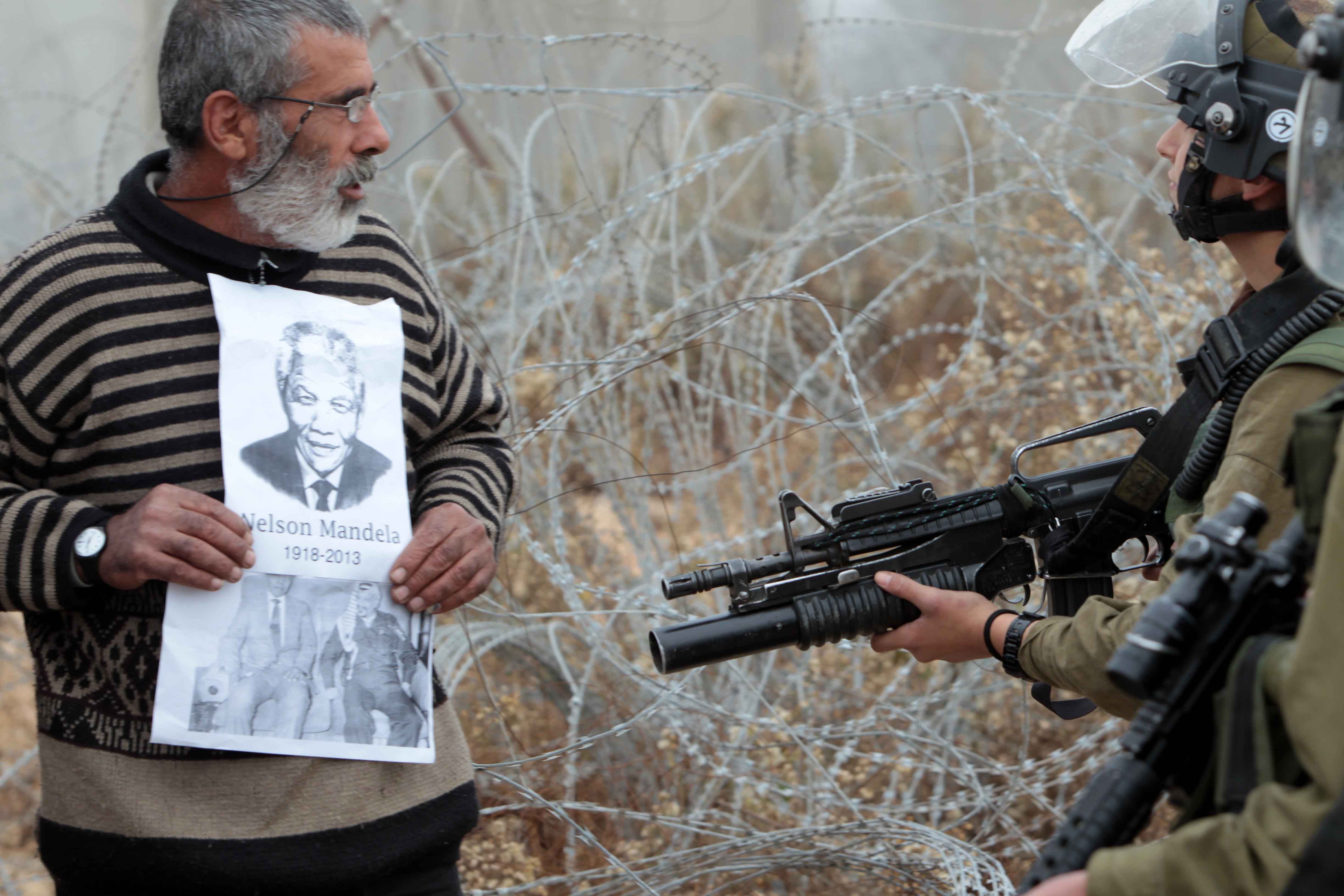
The world pays tribute to Mandela (slideshow)
As South Africans come to terms with the loss of former president Nelson Mandela, the rest of the world bids farewell to Madiba.
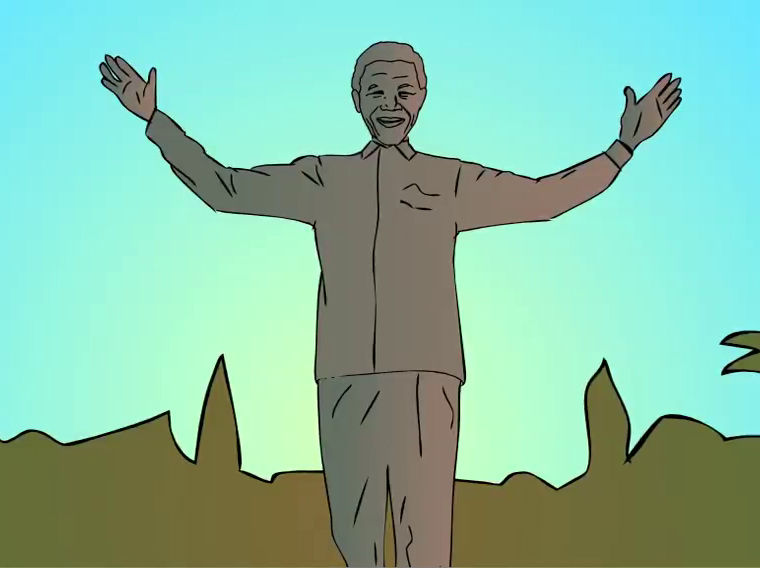
Pimples: Saving Madiba's rabbit (video)
Gwede, Mac and Blade try their best to stop the rabbit from whispering in Mandela's ear. But the elusive animal has some tricks up its sleeve.
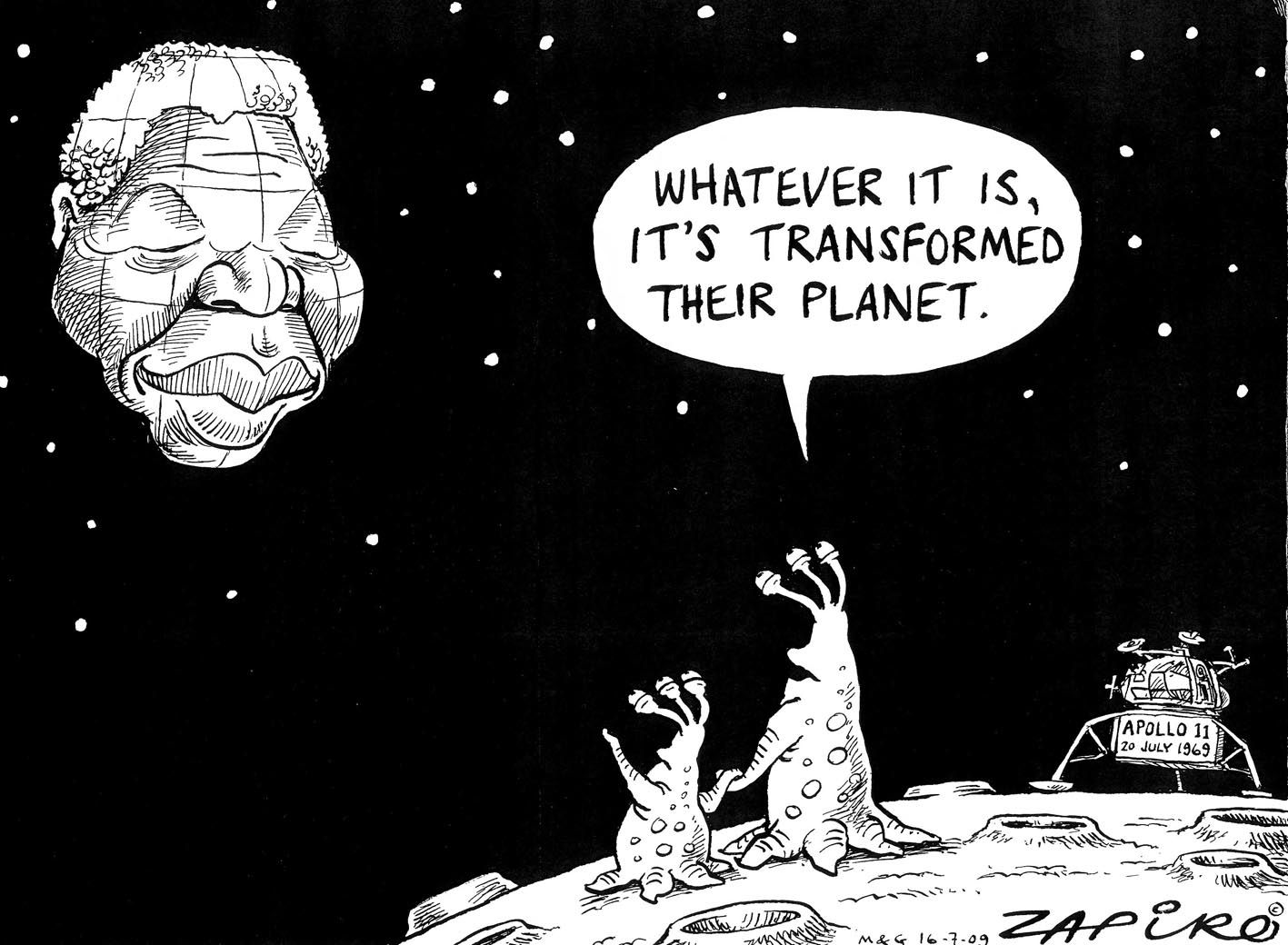
Zapiro's best Madiba cartoons (slideshow)
From his toughest moments to his most triumphant, Madiba has been an inspiration. Here are some of our favourite Zapiro cartoons about him from 1994 to 2013.
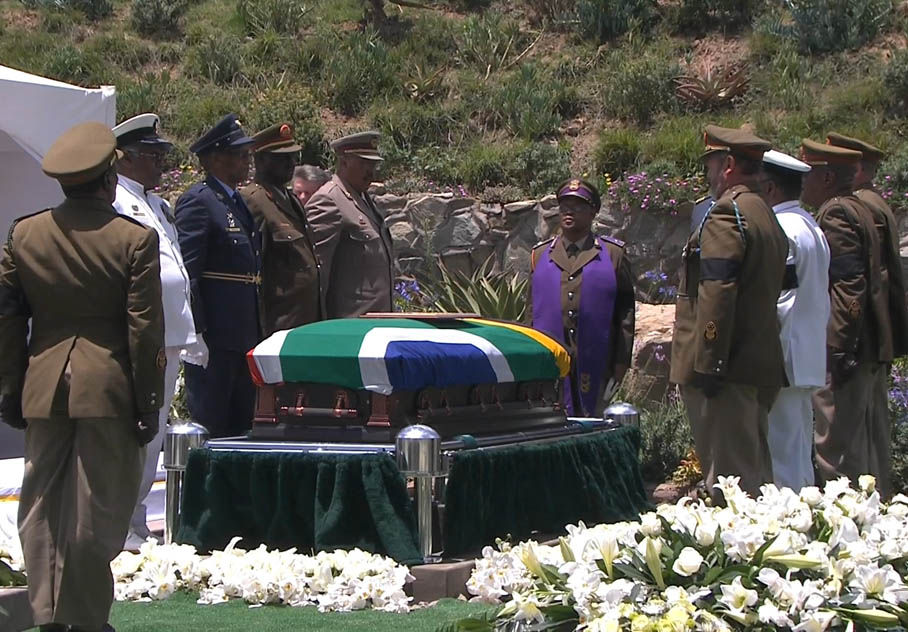
Mandela: SA's greatest son laid to rest (slideshow)
The world watched as Nelson Mandela was finally laid to rest in his hometown of Qunu following a dignified and moving funeral ceremony on Sunday.
Details of the letters and meetings between Nelson Mandela and the government have emerged for the first time, revealing how Mandela worked with the African National Congress in exile and slowly broke the ice with the government.
Mandela wrote the first letter early last year on his own initiative.
The then President PW Botha latched on to the last few paragraphs in Mandela's document, in which he referred to the need for "urgent negotiations" and asked Mandela to expand on how this could come about.
The Harare Declaration -- the ANC's outline of how negotiations should begin was based on the first letter Mandela sent to Botha, Mandela wrote the long hand-written letter shortly after he fell ill in late 1988.
Botha had said at the time that if Mandela continued to "co-operate", he would not be returned to prison. Mandela was later sent to a special warder's house in the grounds of Victor Verster Prison in Paarl.
Mandela felt he had to respond to Botha's remarks and he drew up a document setting out the position of the ANC on key issues: armed struggle, the South African Communist Party and a negotiated political settlement.
The key point of Mandela's paper was contained in the last few paragraphs, in which he said was clear the government and the ANC were the main contenders in the fight over South Africa's future and it was imperative that they meet urgently.
Botha's reply took issue with the bulk of Mandela's argument. It accused him of using the language typical of all revolutionaries and said it was possible to refute some of the claims he made about the ANC and its history. It gave some examples.
However, the document passed over these issues and concentrated on Mandela's reference to how negotiations could be started, saying Botha was particularly interested in this and asking Mandela to expand on it.
Meanwhile, Mandela used 'his own means” to get a copy of his document to Lusaka, to be considered by the leadership of the ANC. The ANC apparently felt Mandela's document was well written and a good representation of their—
They sent a letter to Mandela endorsing his document. A separate letter was also sent by the leadership of the SACP, agreeing with the ANC.
In fact, the ANC received the document at a time when it was under pressure from some of its allies in the Organisation of African Unity and the frontline states to formulate a position on negotiations.
The ANC used Mandela's document as a basis for what was to become the Harare Declaration, which was later endorsed by the OAU, the frontline states and the Non-Aligned Movement.
Shortly afterwards, Mandela and Botha met at Tuynhuis, the presidential residence. At this meeting, the main issue raised and pursued by Mandela was the release of his colleague, Walter Sisulu. Mandela argued that Sisulu was 77 years old and it was not fair or reasonable to keep him in prison.
Botha resisted, saying he could not release Sisulu with an impending general election, since it could lose him many votes to the far right-wing. Mandela, known as a persistent arguer, pursued the case.
The meeting ended with Botha promising to take up the matter. "I will surprise you," he said.
Mandela replied to Botha's earlier letter in a formal document saying he stood by the Harare Declaration which set out the pre-conditions the government would have to meet to create a climate for talks.
However, this letter was received by the new president, FW de Klerk who arranged to meet Mandela. It seems that at this meeting Mandela presented his 10-point plan for peace, which he later also sent to the ANC for their comments. However no details of this plan have emerged.


